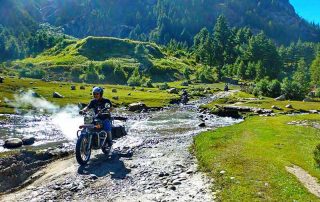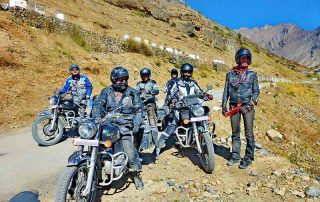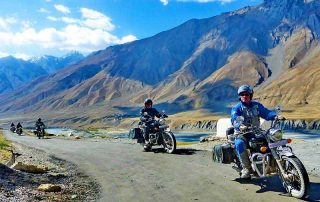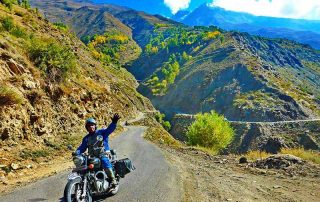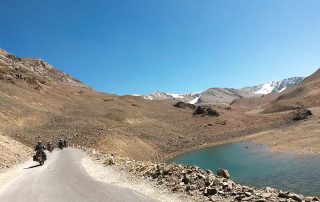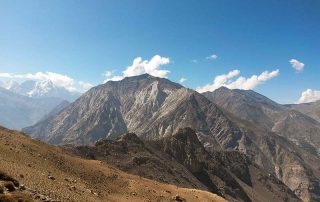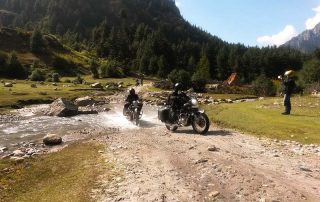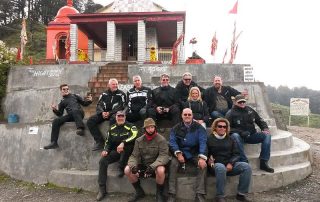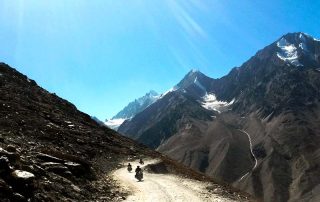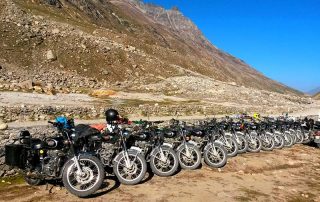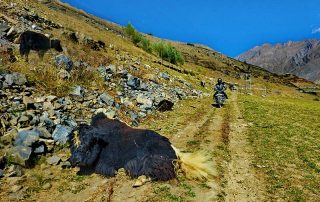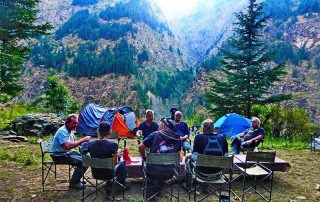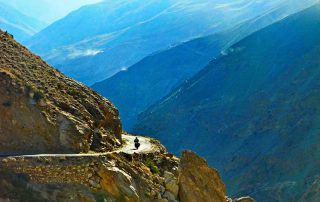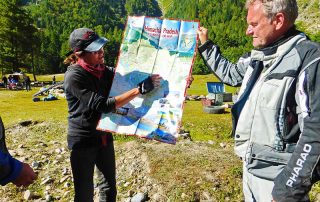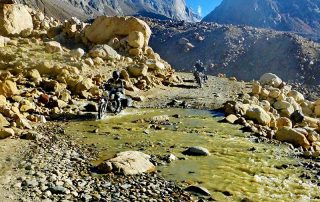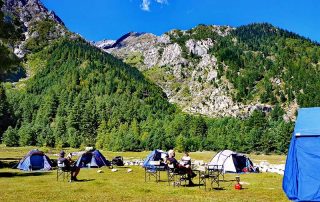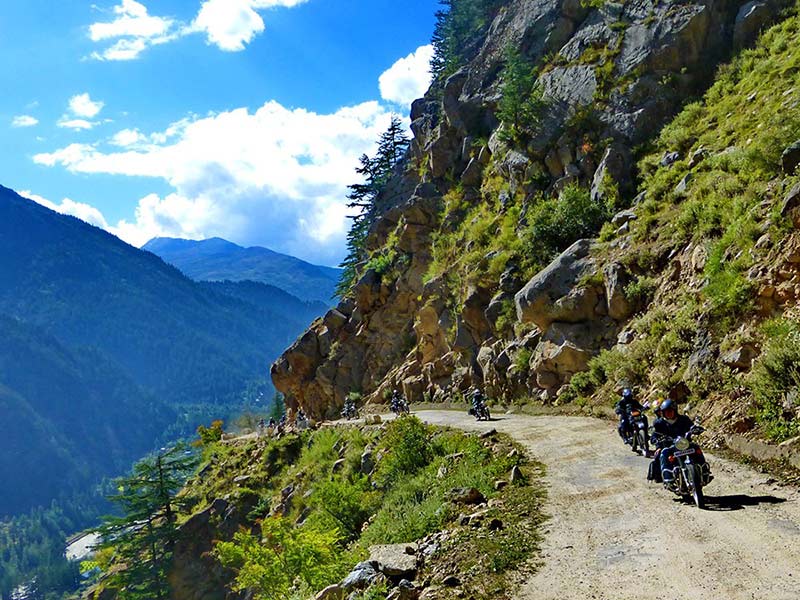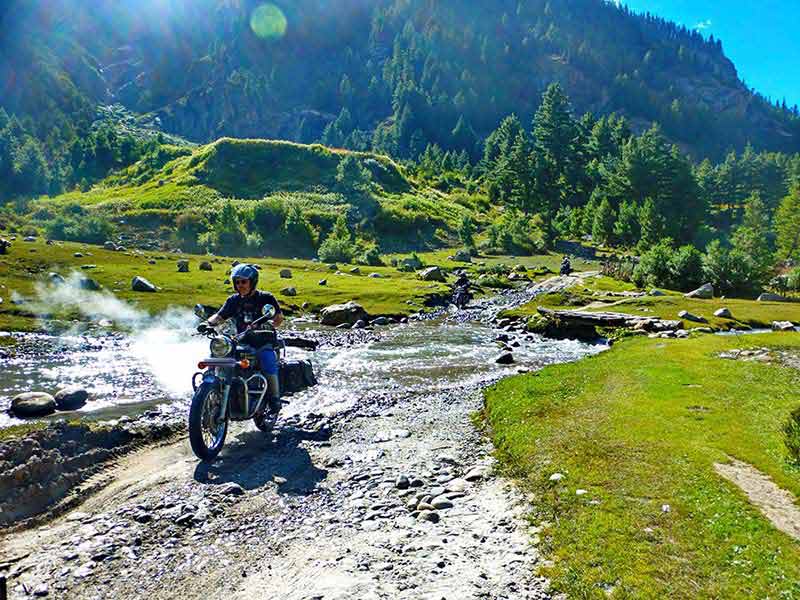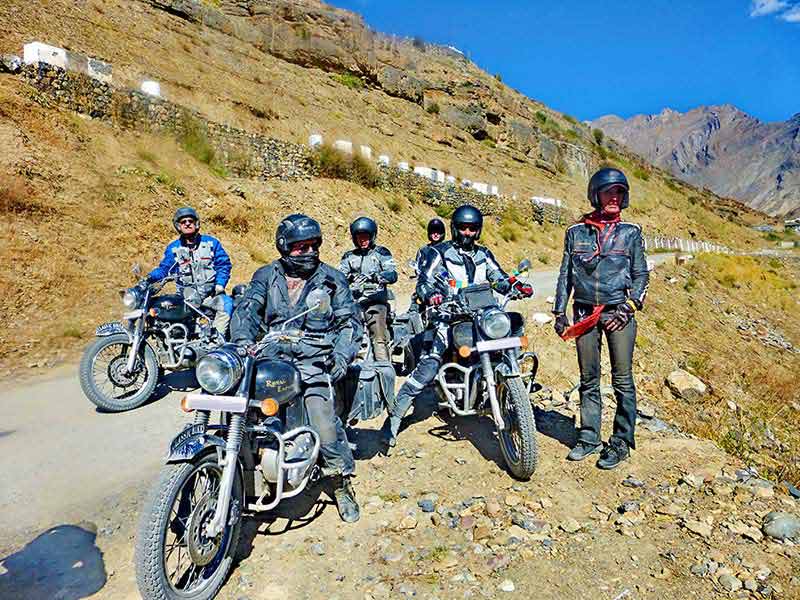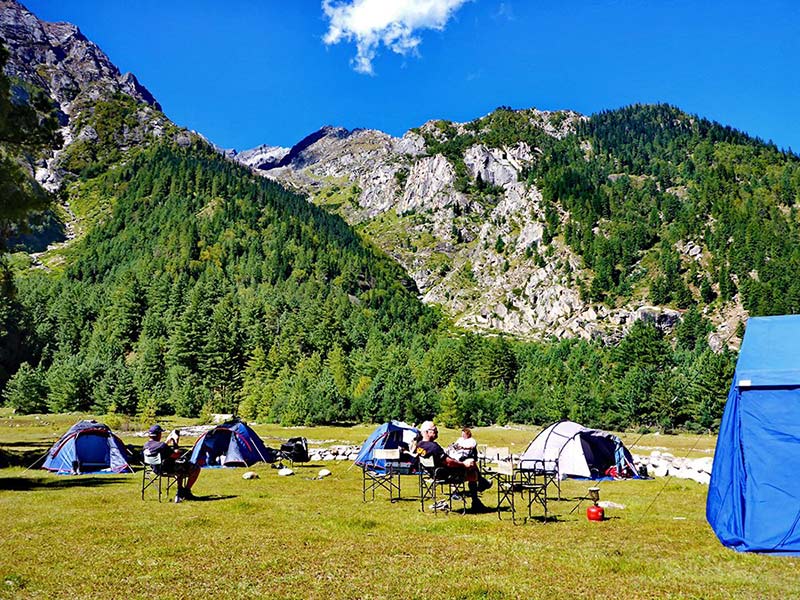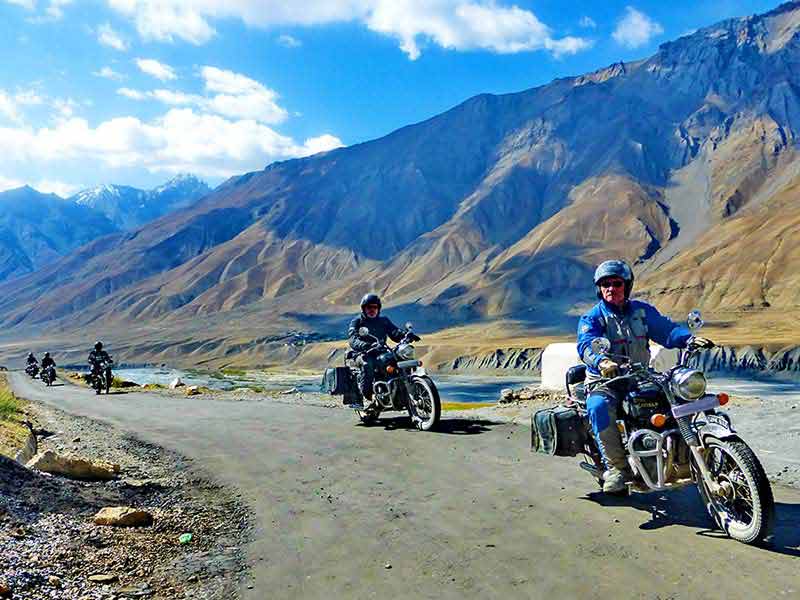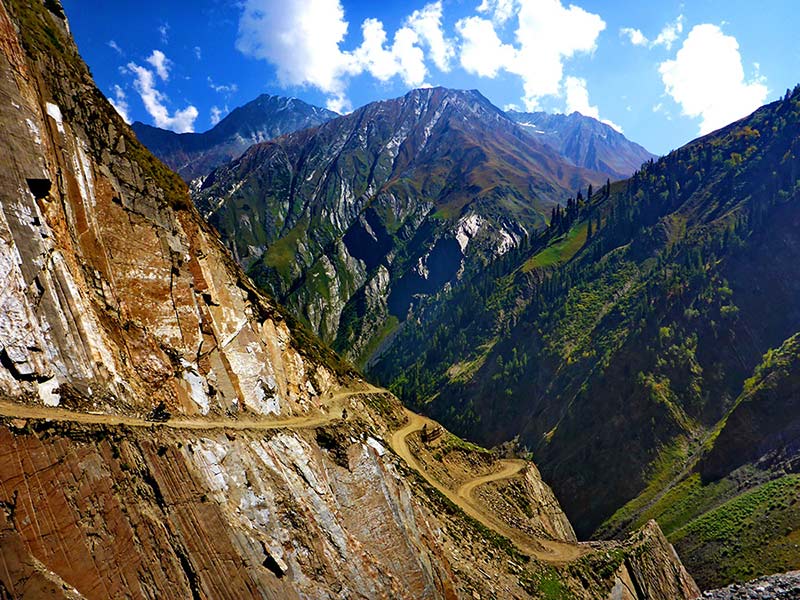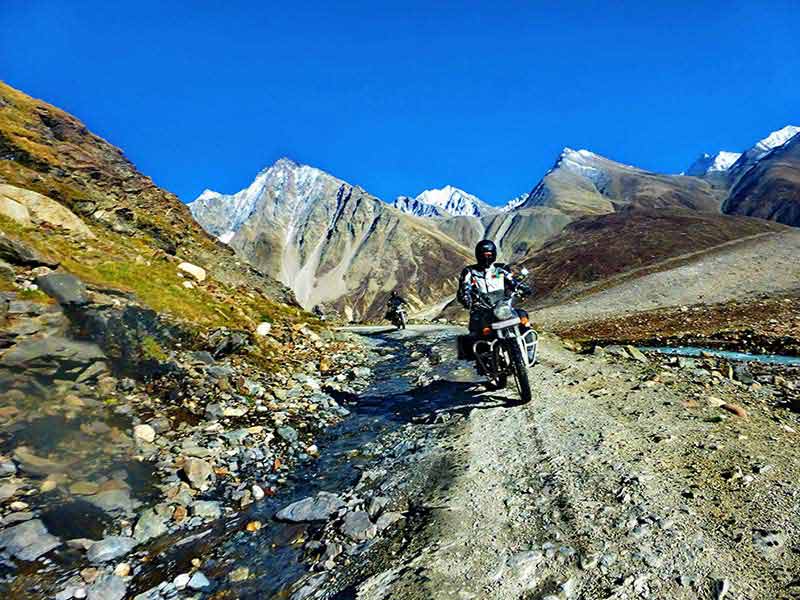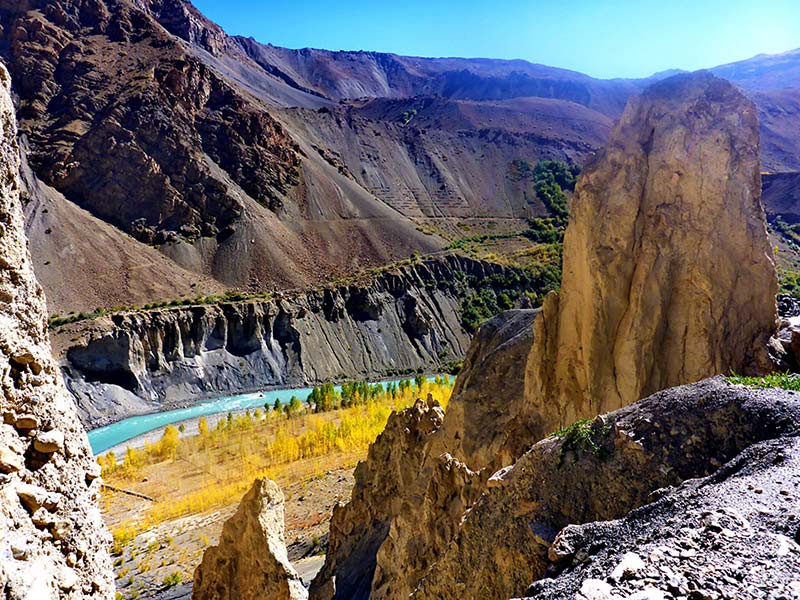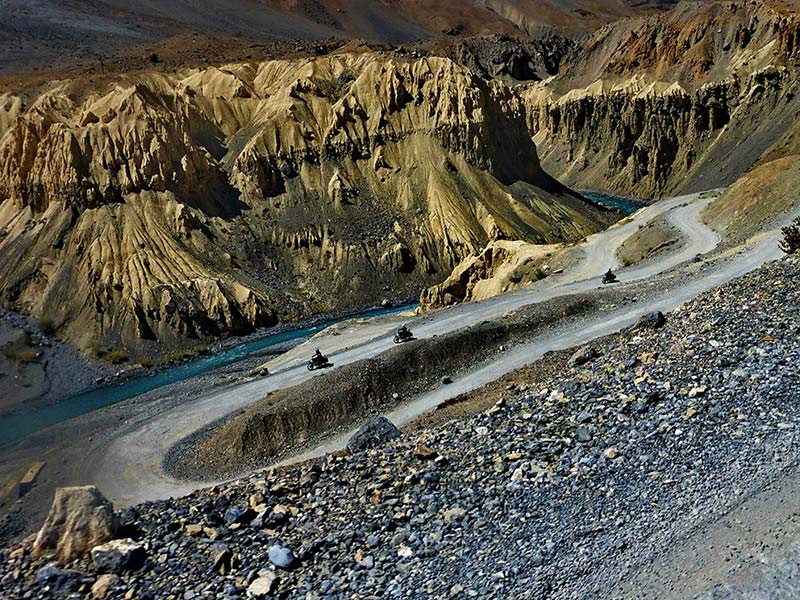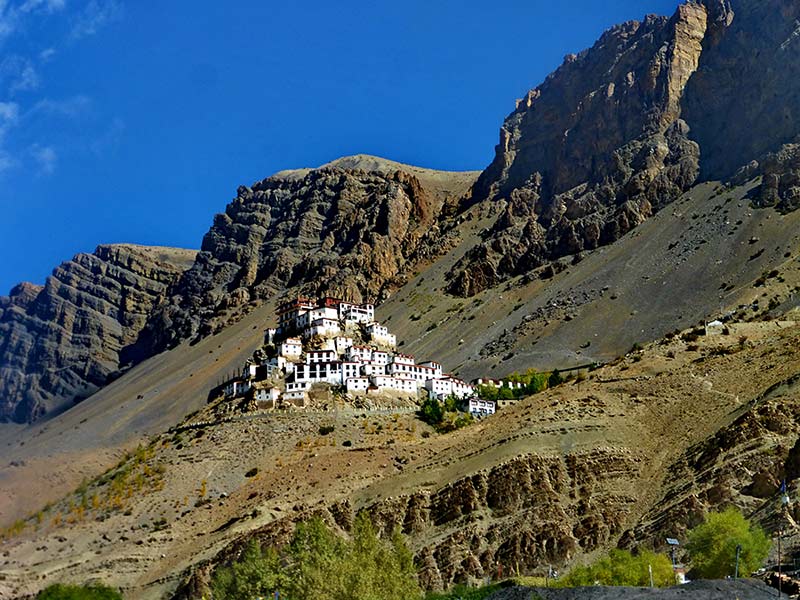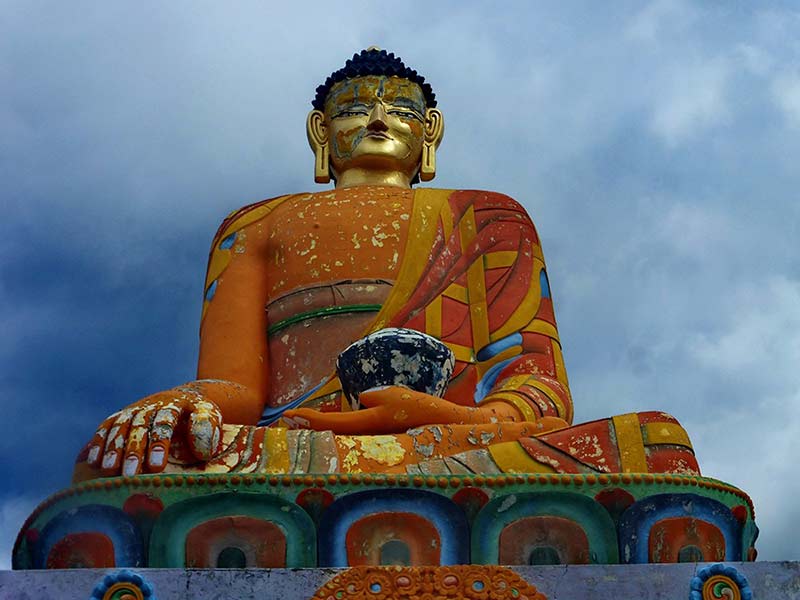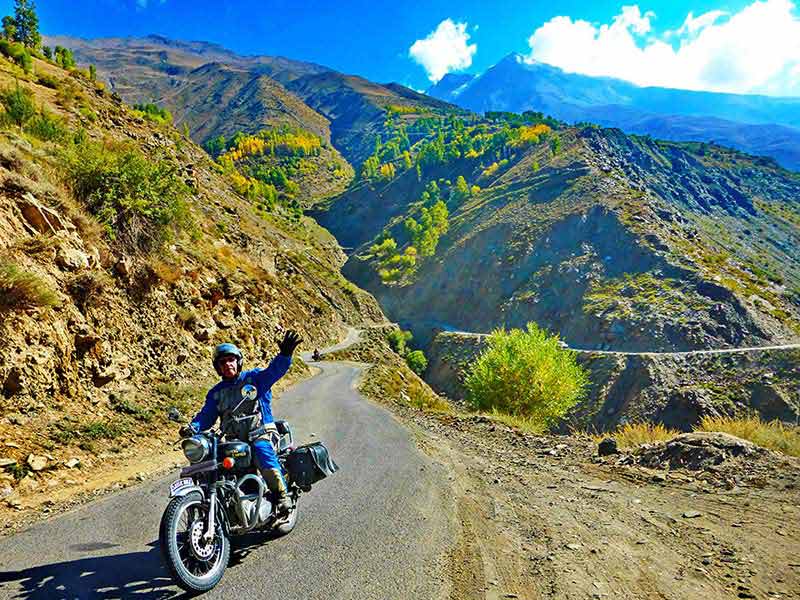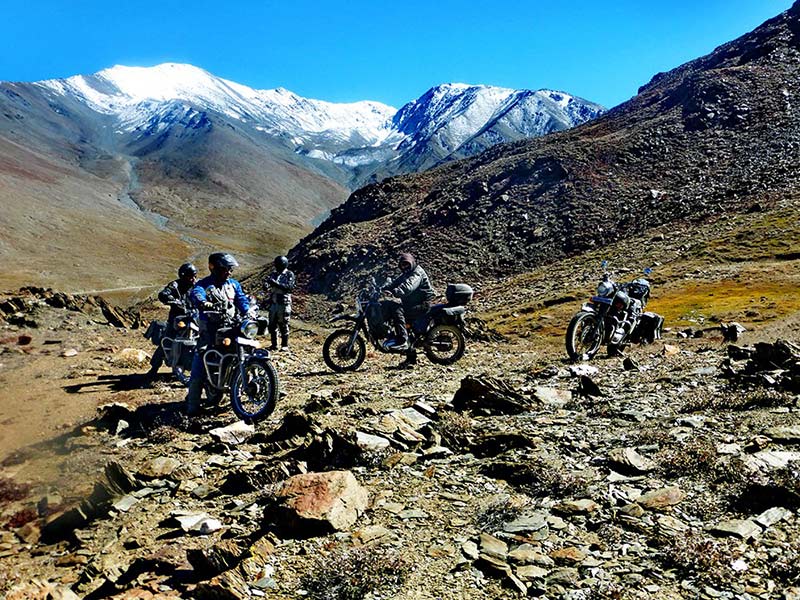

AT A GLANCE
Seven Valleys of Spiti Motorcycle Tour Itinerary
Questions & Answers
Visitors to India need a tourist visa, which you must obtain in advance.
Visas are not issued on arrival.
Your passport must be valid for at least six months beyond the period of your stay.
The e-Tourist Visa costs around 20 to 80 euros and you can apply for it online.
Important note: The terms for the e-Tourist Visa can be found here: https://indianvisaonline.gov.in/visa/tvoa.html
The visa application itself can be found here: https://indianvisaonline.gov.in/visa/info1.jsp
You will definitely want to bring your riding suit with protectors and a helmet. You will also need motorcycle boots or lighter riding shoes and gloves. While your gear should be breathable in hot climates, you need to be ready for anything at high altitudes and in the Himalayas. We recommend winter gloves, warm socks, liners for jackets and trousers, a scarf and face protection. Rain gear is a good idea if your riding suit is not waterproof.
Please note that we do not hire out clothing. We believe that your own riding gear will fit best and thus give you the best protection. If you forget anything, we’ll find a solution, however. We often have spare gear with us, or we can point you in the direction of a shop.
We always recommend that you take out travel insurance to cover costs incurred if you need to cancel the trip due to illness or other reasons. When shopping for travel health insurance, make sure the policy covers the potentially high cost of medical evacuation to your home country. Both forms of insurance can save you a lot of money in an emergency and we recommend them unreservedly. In many countries, your national motoring organization can provide the coverage you need.
Riding two-up is almost always possible. In difficult terrain or on rough tracks, every passenger has a guaranteed seat in the support vehicle to keep things relaxed for both rider and pillion.
Yes, all passengers have a guaranteed seat. In bad weather or challenging riding conditions, they can switch to the support vehicle at any time – and back to the bike when conditions improve.
Groups generally consist of 8 to 14 riders and 2 to 6 passengers. The minimum number of participants is 6 riders.
Our European tour guides are skilled motorcyclists and inveterate travelers who love India. They’re resilient in the face of stress and know the history and culture of the regions they cover. Our Indian mechanics are experienced Enfield specialists who all speak English and are happy to help with any technical problem, great or small.
A stand-in rider is always available. More information on our travel concept is available here.
We ride 500cc Royal Enfield Bullets manufactured from 2014 to 2017 that feature electric starters, 5-speed gearboxes with the gearshift on the left, front disk brakes, roomy and rugged leather saddlebags, crashbars, 19” tires and twin horns.
You will need your passport, national driving license, international driving license and flight ticket. Please be sure to make photocopies of all of your important travel documents and carry them separately. They can be invaluable in an emergency.
Up to 200 cigarettes and 2 liters of alcohol may be imported duty-free. All international cigarette and spirits brands are available in India. Customs checks of arriving tourists have become considerably less strict in recent years.
All riders must have a valid motorcycle driving license issued in their home country. An international driving license is also required. Be sure to contact the relevant authorities in your home country well in advance for more information on obtaining an international driving license.
Simple street maps are often available locally. The best road maps are available from the German publishers Reise Know How and Nelles. These are only available in specialized bookstores or online.
Your baggage will be carried by the support vehicle. Please don’t pack too much – remember: less is more. From time to time, we’ll have to carry our baggage over short distances to the hotel. Baggage is not insured, so please be sure to purchase your own baggage insurance for the trip if necessary. Your personal items for the day are best kept in the saddlebags or your daypack. Tank bags – including magnetic ones – can be used on the Enfields, but we don’t provide them.
European SIM cards now work almost everywhere in India. You’ll need patience if you want a local SIM card, as the registration takes a minimum of three days, and in some regions it is not possible at all.
Riders must make a deposit of USD/EUR 500.00 in cash for their bikes. The deposit will be refunded when the bike is returned in good condition. The deposit corresponds to the comprehensive insurance deductible for damage to the rented bike and damage or injuries to third parties caused by the rider.
(The deductible is payable in such cases!)
Important note: The deductible also applies to damage or injury to third parties. In practice, the rider is initially liable for the full damages. The costs are later refunded by the insurance company, minus the deductible.
Technical specifications: Single-cylinder four-stroke, 499 cc, 16 kW (28 bhp) at 4,600 rpm, 178 kg, 80 cm seat height, 123 kph max.
Our Enfields were manufactured from 2013 to 2017 and are well-maintained. Naturally, some of them bear the minor battle scars typical of touring motorcycles. Technically, they are all in top shape and perfectly suited to the planned tours. They’re tremendous fun to ride, and their handling is safe and predictable after a brief familiarization period. Our average speeds on the tour range from 40 to 60 kph, depending on the road conditions and traffic.
Indians drive on the left. The flexible and generally considerate driving style of the locals makes it easy to adjust to riding on the “wrong side” and coping with traffic conditions that initially seem chaotic. The behavior of pedestrians and cyclists, and the frequent presence of animals on the road call for considerably more attention, however. Extreme caution is required around children.
Further information on traffic and riding can be found here and here.
Western food is generally not available, so we’ll be having simple, often vegetarian meals as well as regional specialties throughout the tour. Hearty breakfasts will not always be available. We can promise you a wide range of cuisine, with a special emphasis on local specialties. In general, a lot of curry is served in India, and little meat – chicken being the most common non-vegetarian food – but plenty of vegetables, legumes and rice. Indian cuisine is generally well-spiced, easily digestible and not overly hot. Vegetarians will have no problems in India.
Indian beer is not always up to international standards. The most common brands are Kingfisher, Castle and San Miguel. The local Chang beer is quite effective but requires a bit of getting used to. Wine – when it’s available – is even more of an acquired taste than Chang. Mineral water and beverages such as Coca Cola can be purchased anywhere and must be carried individually.
You are not allowed to bring Indian currency into the country or take it out. You may bring the equivalent of up to US$ 5,000 in foreign currency into the country without prior notice. We recommend bringing euros in €50 and €100 notes. Please make a note of the daily exchange rate to avoid getting a bad rate at the airport. American Express Traveler’s Cheques are no longer in common use and will cause unnecessary hassles. Credit cards (Maestro, Visa and MasterCard) with PINs can be used for cash advances from ATMs in many towns.
You will need the equivalent of around €100 to €150 for drinks, lunch and tips per week.
A travel day normally begins at 8 am with breakfast. Around 9 am, after a short briefing by the road captain, it’s time for the day’s riding, the mileage of which can vary quite a bit. Plenty of time will be available for lunch and coffee breaks, of course. Depending on the day’s mileage, we’ll reach the destination hotel between 3 and 4 pm.
Since our tours vary considerably, we may also hit the road at 8 am on high-mileage days – which is also nice, because then we have the whole day ahead of us.
Indian standard time is 5.5 hours ahead of GMT.
Tour Concept by RC Hendrik
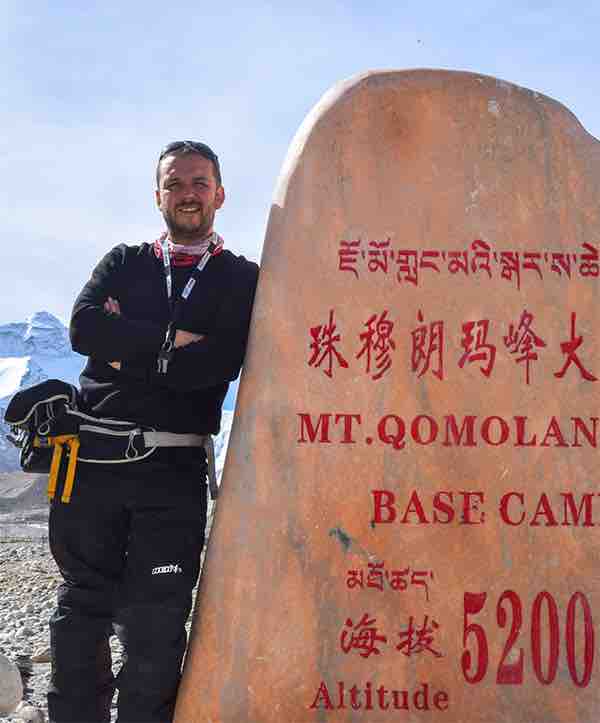

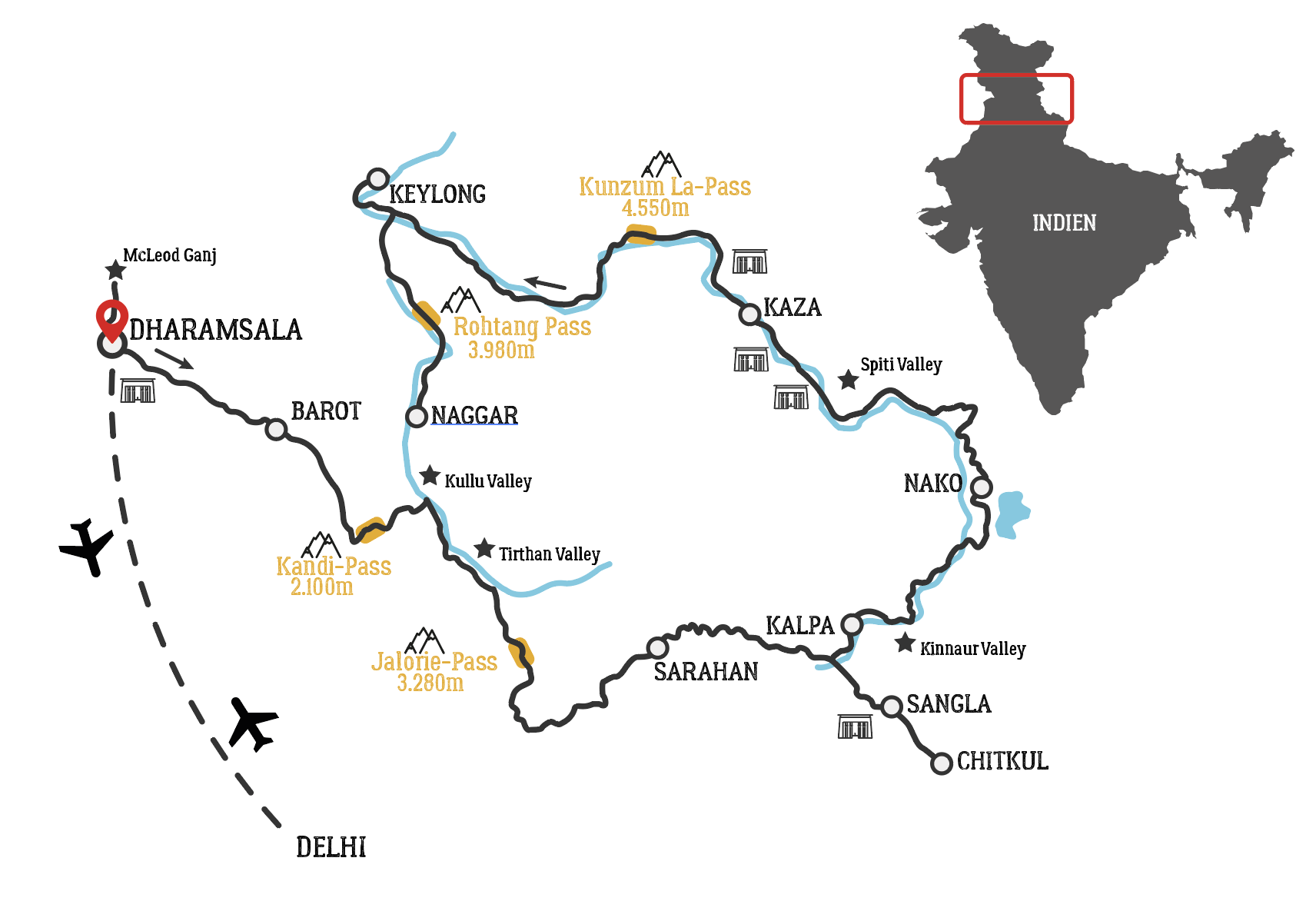
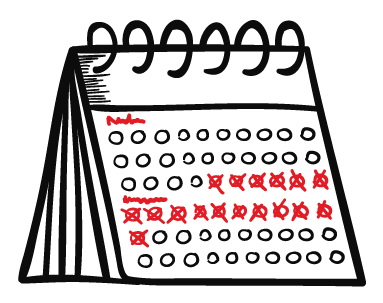

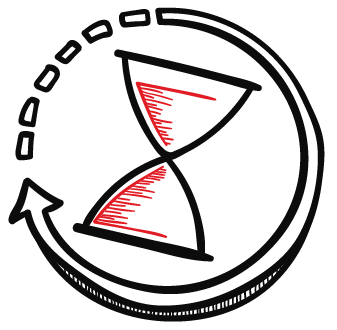
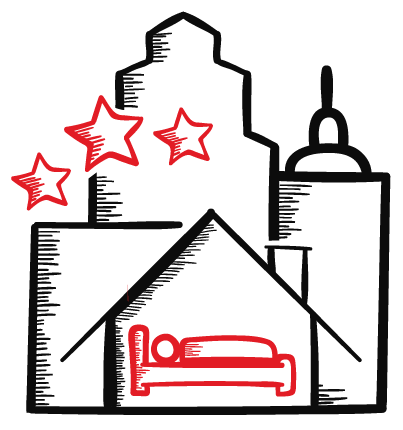
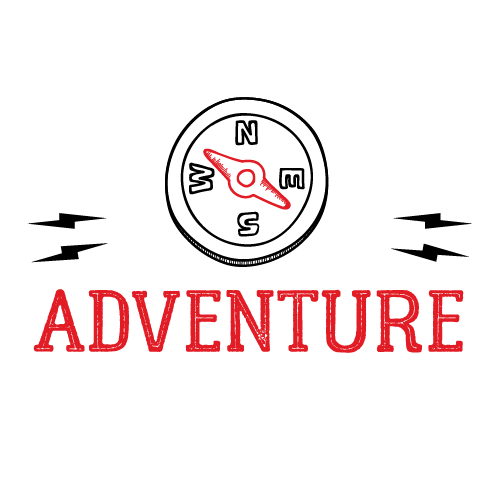

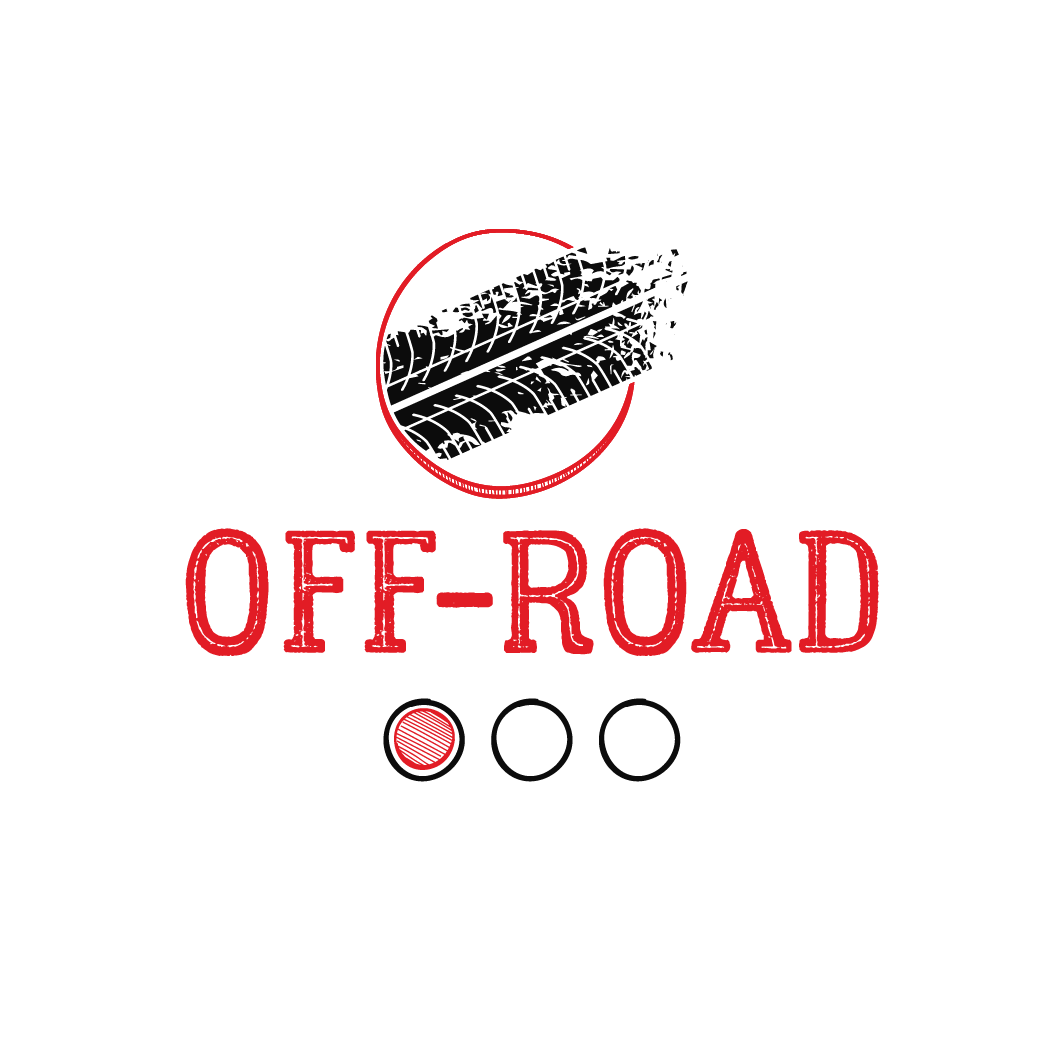
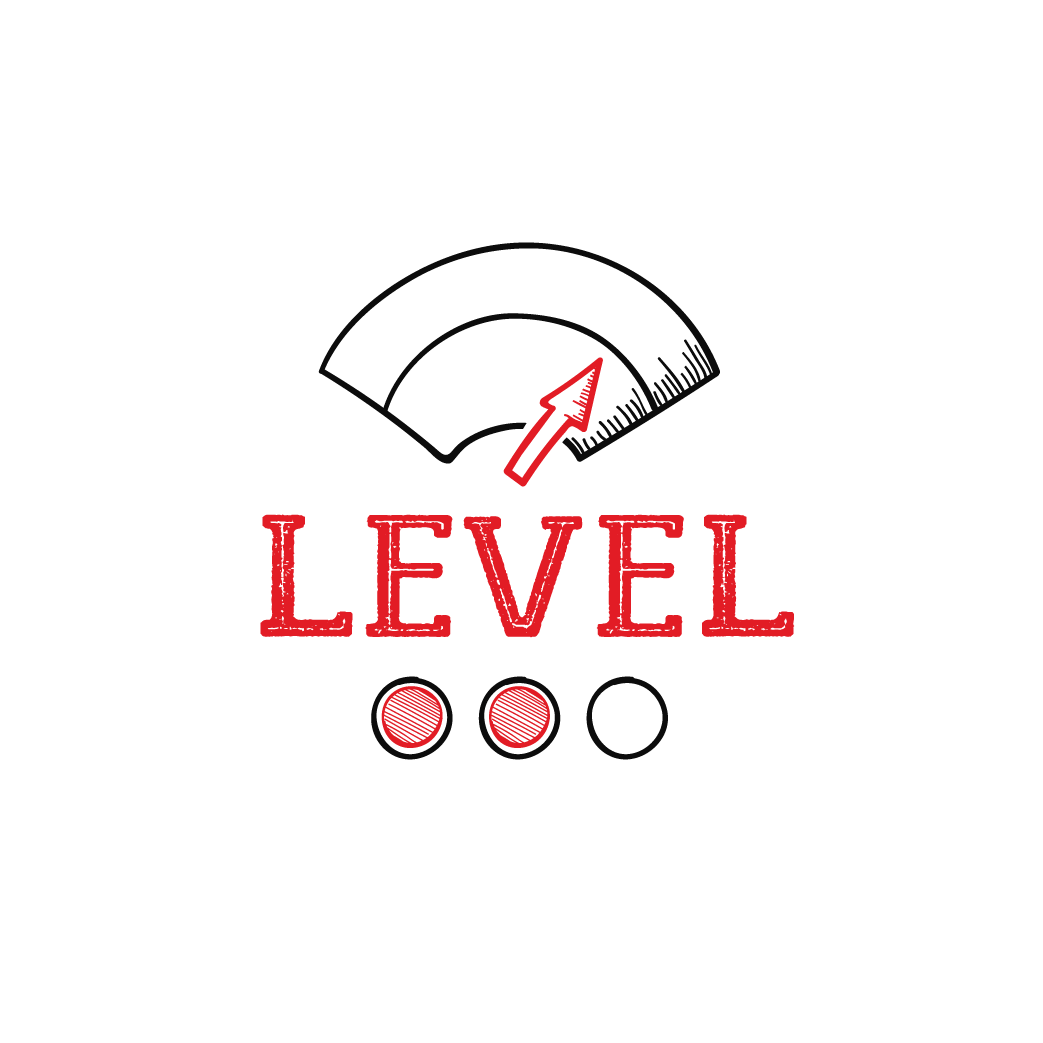
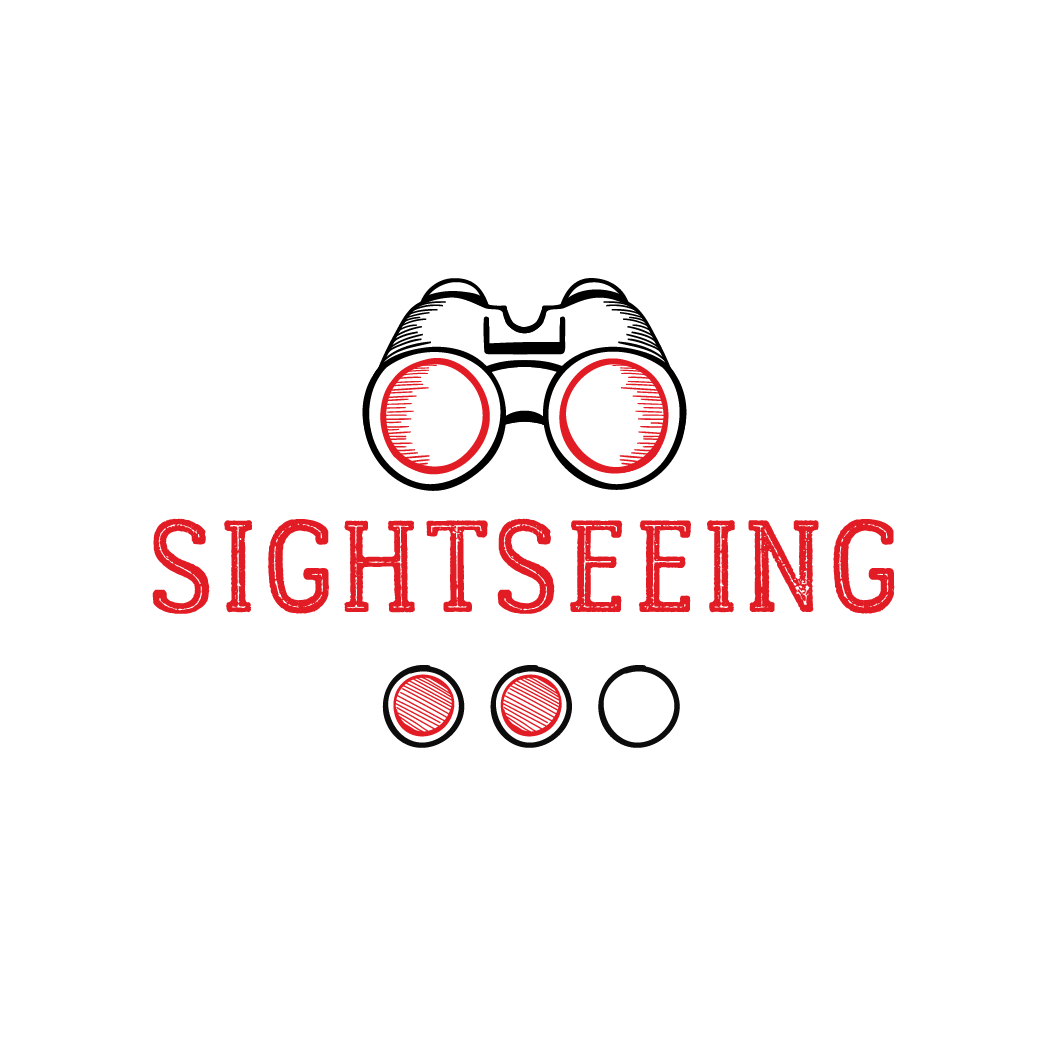
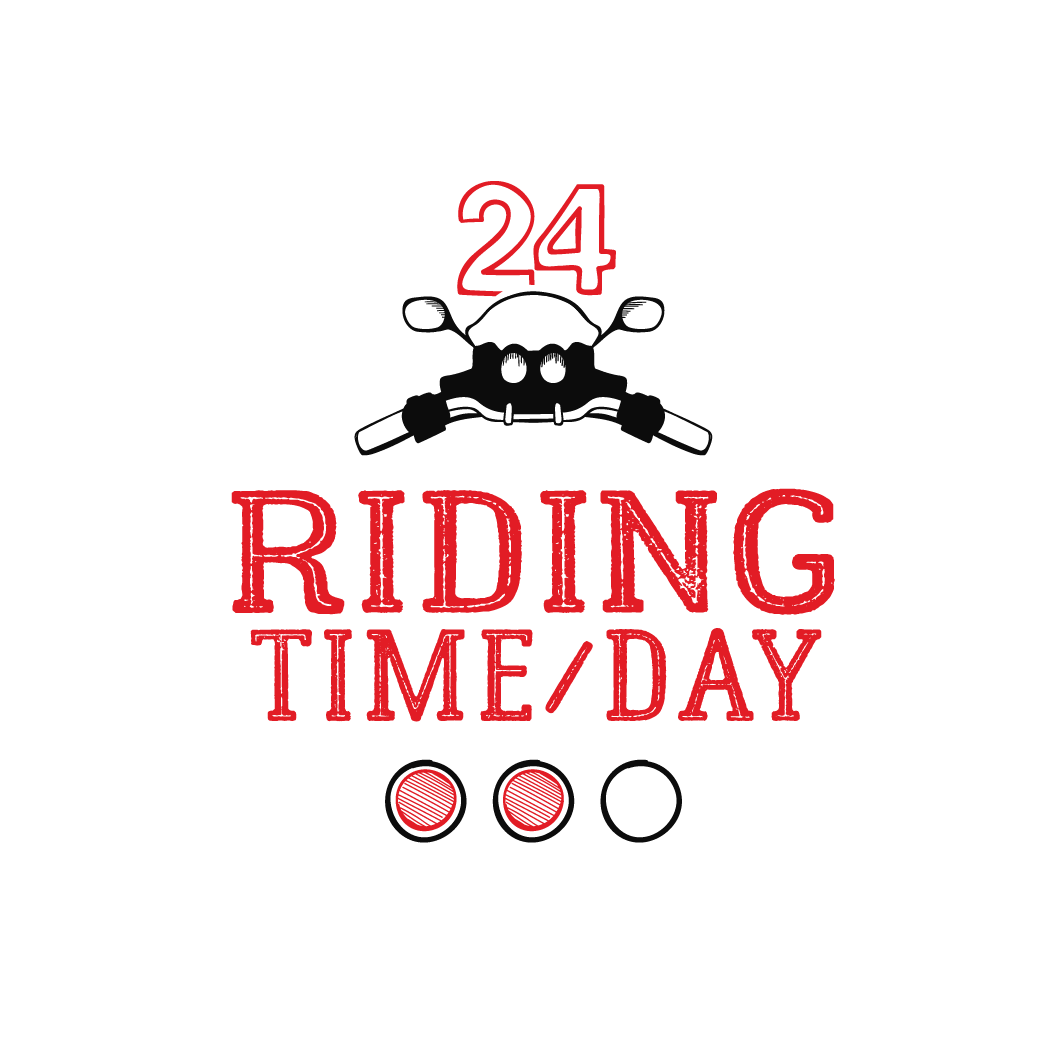
 At least one place of interest per day.
At least one place of interest per day.